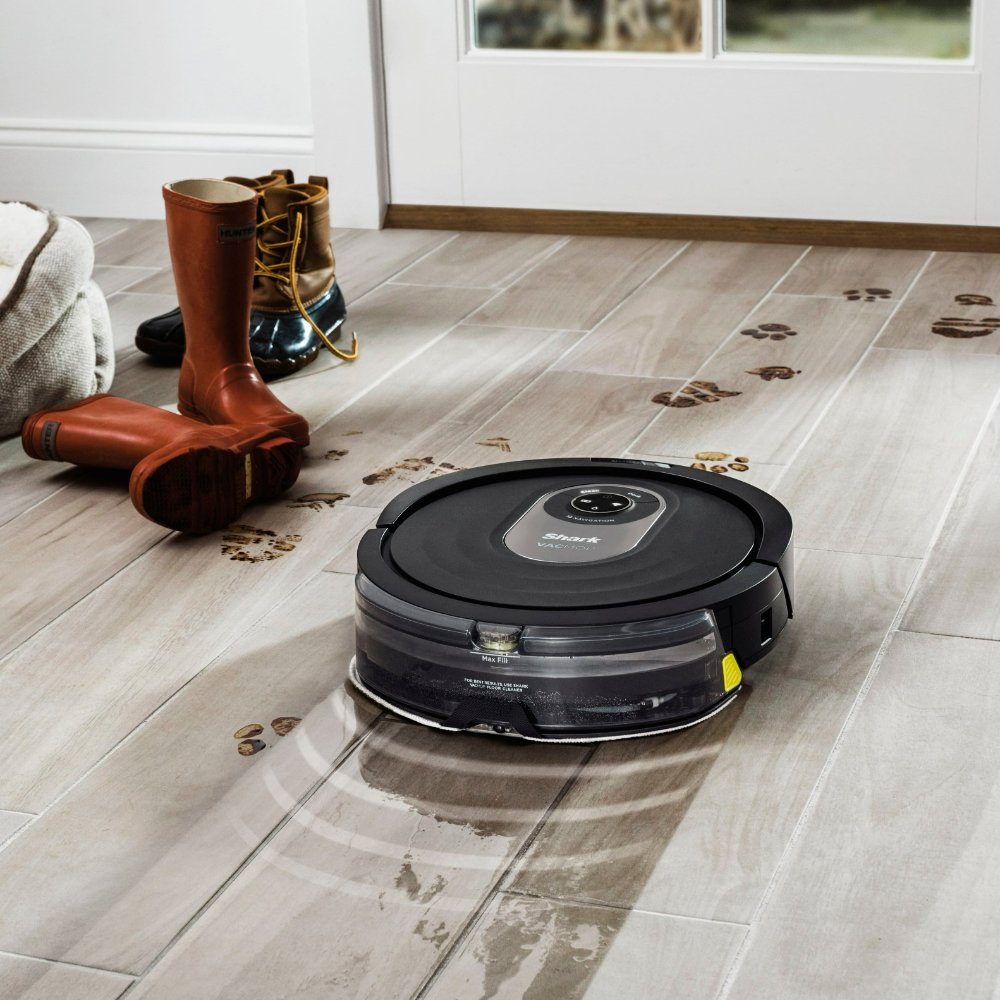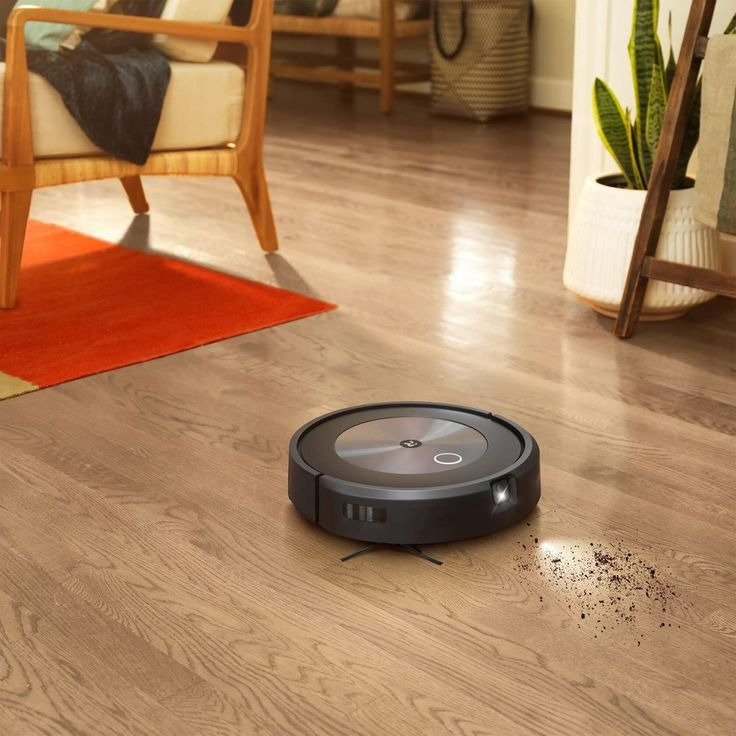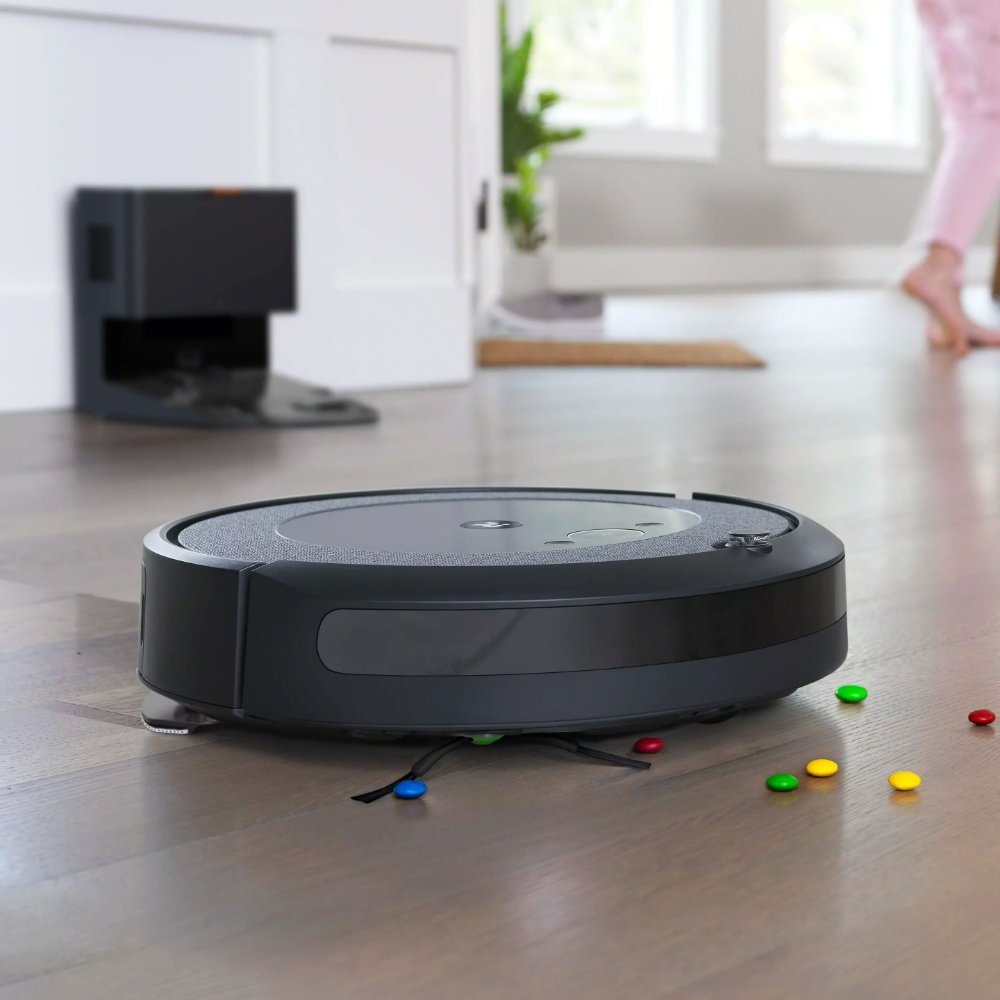Overview of Robot Mop Technology
In the swiftly evolving world of home cleaning, robot mop technology has marked a turning point in how we maintain our floors. These smart devices, designed for automated floor cleaning, now integrate cutting-edge features that simplify our daily tasks. Let’s dive into the core aspects that make robot mops a game-changer in today’s hygiene-centric lifestyles.
Robot mops are equipped with advanced sensors that help them navigate through your home, avoiding obstacles and efficiently covering ground. Some models boast smart navigation systems that map your space, ensuring no spot is missed. Others include gyroscopes and accelerometers that track movement and orientation, adapting their path in real-time for thorough clean-ups.
Moreover, many robot mops come with customizable cleaning settings accessible via smartphone apps. Users can schedule cleaning sessions, set no-go zones, and control the mop remotely, making floor cleaning convenient and hassle-free. This smart connectivity is complemented by features such as automatic water dispensing, adjustable mopping pressure, and damp-dry mopping cycles to handle various types of dirt and stains.
The latest robot mops also offer integration with smart home ecosystems, responding to voice commands and fitting seamlessly into your connected lifestyle. Powerful batteries provide these mops with extended run times, often allowing them to return to their charging docks independently when power runs low.
With continual improvements in technology, robot mops are becoming more capable and self-sufficient, offering homeowners a leap towards the future of effortless and effective floor cleaning.

Key Features to Look for in a Robot Mop
When shopping for the best robot mop, certain features can make a significant difference in cleaning performance and convenience. Here’s what to prioritize:
- Smart Navigation: Opt for models with precise sensors and mapping capabilities to avoid obstacles and ensure comprehensive coverage.
- App Control and Customization: A robot mop with an app allows for scheduling, setting no-go zones, and tailoring mopping patterns to your home’s needs.
- Battery Life: Ensure the robot mop has a battery that supports the size of your space. Look for mops that can recharge and resume cleaning.
- Water Management: A good robot mop should regulate water use effectively, avoiding overly wet floors and ensuring efficient cleaning.
- Mopping Mechanism: Check if the mop has a vibrating or spinning feature to tackle tough stains and provide a deep clean.
- Integration with Smart Homes: Compatibility with smart home systems and voice commands adds to the user-friendliness.
- Design and Size: Compact and low-profile mops clean under furniture easier. Make sure it fits the areas you need cleaned.
Taking time to search for these key attributes will lead to a more satisfying investment and cleaner floors.
Advantages of Using a Robot Mop for Home Cleaning
Utilizing a robot mop for home cleaning comes with multiple benefits. Here are a few key advantages:
- Time-Saving: Robot mops work autonomously, letting you focus on other tasks or relax while your floors get cleaned.
- Consistent Clean: With regular scheduling, these devices maintain floor cleanliness daily, preventing the build-up of dirt.
- Effortless Operation: They require minimal effort from the user – just fill the water tank, set the program and let the robot do the rest.
- Improved Hygiene: Robot mops can reach and clean areas that are often neglected during traditional mopping, resulting in better overall hygiene.
- Accessibility: Their low profile design allows them to clean under furniture and other hard-to-reach places with ease.
- Smart Home Integration: For tech-savvy users, many robot mops integrate with smart home devices for voice or app control.
- Customization: They offer customizable cleaning modes for different floor types and levels of dirtiness, enhancing cleaning effectiveness.
By automating the mopping process, robot mops transform a tedious chore into a seamless activity, delivering spotless floors with little to no human intervention.

Review of Top Robot Mop Models
When scouring the market for the best robot mop, several models stand out for their superior cleaning abilities and user-friendly features. Below, we delve into individual reviews of top contenders that are transforming the cleaning rituals of many homeowners.
- Best Overall Performance: The leading robot mop model offers exceptional navigation and cleaning efficacy. It boasts a robust mapping system to cover your home fully. Equipped with a high-capacity battery, it can clean large spaces without frequent recharges. With app connectivity, you can easily set schedules and customize cleaning modes remotely.
- Most Innovative Features: Innovative robot mops come loaded with cutting-edge technology. They may include adaptive water dispensing systems and advanced navigation that senses the type of floor, adjusting the cleaning method accordingly.
- Best Budget-Friendly Option: For those looking for efficiency without a hefty price tag, the top budget-friendly robot mop provides essential functions without compromising on quality. It might have a simpler navigation system but still offers scheduled cleanings and basic app controls.
- Top Choice for Pet Owners: If pets are part of your household, some robot mops are specifically designed to handle pet hair and tracks efficiently. They have tailored brushes and suction mechanisms to pick up pet debris effectively.
- Easiest to Maintain: Certain models focus on ease of maintenance with self-cleaning brushes and docking stations that assist in bin emptying and water management, ensuring your interaction is minimally needed.
As technology progresses, each robot mop brand strives to outdo itself with features like obstacle avoidance, specialized cleaning modes, and integration with various smart home systems. Always choose the model that matches your specific cleaning needs and home layout.
Comparison: Robot Mops vs. Traditional Mopping
When weighing the merits of robot mops against traditional mopping, several factors come into play. Here’s a breakdown of how they stack up against each other:
- Efficiency: Robot mops operate autonomously, cleaning floors with consistent results. Traditional mops require manual effort, which can be less uniform.
- Convenience: With robot mops, you can schedule cleanings and let the device work. Traditional mopping demands your time and physical presence.
- Reach: Robot mops fit under most furniture for a thorough clean. Traditional methods might miss these hard-to-reach spots.
- Sanitation: Robot mops are designed to minimize contact with dirty water, providing a more sanitary clean. Traditional mopping often spreads dirt and requires frequent water changes.
- Water Conservation: Many robot mops use water efficiently, reducing waste. Traditional mopping may use more water throughout the cleaning process.
- Accessibility: For those with mobility issues, robot mops offer an accessible way to maintain clean floors. Traditional mopping can be challenging for individuals with physical constraints.
Overall, robot mops excel in convenience and consistent cleaning, while traditional mopping allows for more direct control over the cleaning process. The choice between the two ultimately depends on your preferences and lifestyle needs.

Maintenance and Care Tips for Robot Mops
Caring for your robot mop ensures longevity and peak performance. Here are straightforward maintenance tips:
- Regular Cleaning: Empty the dustbin and clean filters after each use to prevent clogging and maintain suction.
- Check Brushes: Inspect and remove debris from brushes regularly, especially if you have pets.
- Wipe Sensors: Gently wipe the robot’s sensors with a soft cloth to keep navigation accurate.
- Update Software: Keep your robot’s firmware up to date for the latest features and bug fixes.
- Handle with Care: Avoid dropping or harshly handling your robot mop to protect its components.
- Dock Maintenance: Clean the charging dock area to ensure proper contact and charging efficiency.
- Water Tank Care: Rinse the water tank with clean water occasionally to avoid buildup of residue.
- Battery Protocols: Follow the manufacturer’s guidelines for battery usage and storage for optimal battery health.
- Schedule Regularly: Use scheduling features to prevent overworking the robot mop.
Implementing these tips will keep your robot mop running smoothly, ready to tackle daily dirt and grime with ease.
Price Range and Value for Money
When it comes to robot mops, prices can vary widely based on features and brand reputation. Entry-level models may start as low as $150, offering basic functionalities suitable for small spaces or those with less intricate floor layouts. These budget-friendly options typically lack advanced mapping technologies but still provide the fundamental benefit of automated floor cleaning.
Mid-range robot mops, priced between $300 and $600, strike a balance between cost and advanced features. At this tier, you can expect improved navigation, better app integration, and longer battery life. Some may also offer modest smart home integration, making them a good middle ground for value and functionality.
Premium robot mops can exceed $800, showcasing the pinnacle of what robot cleaning technology has to offer. These high-end models are equipped with sophisticated mapping systems, superior obstacle avoidance, multi-floor mapping, and seamless smart home ecosystem integration. Their water management systems are more refined, and some even have self-cleaning docks, providing a nearly hands-free cleaning experience. While the initial investment is higher, the long-term convenience and time savings may justify the cost for those prioritizing cutting-edge technology.
When evaluating value for money, it’s essential to consider your specific cleaning needs, floor type, and the complexity of your home’s layout. Users should balance their budget with the features that will most benefit their lifestyle, ensuring their investment in a robot mop brings the desired level of convenience and cleanliness to their daily routine.
User Experience: What Customers Are Saying
In the realm of automated floor cleaning, user feedback is instrumental in gauging a product’s success. Customers who have adopted robot mops share a wealth of insights, reflecting the real-world implications of integrating these devices into the home environment. Below is a summary of what customers are highlighting about their robot mops:
- Effort Reduction: Many users report a significant decrease in the time and effort needed to keep floors clean, praising the robot mops for their autonomous operation.
- Cleaning Efficiency: Positive reviews often mention the consistency in cleanliness, with floors staying pristine through regular, automated maintenance.
- Convenience of Use: Users love the ability to control their robot mops via apps, appreciating features like scheduling and custom cleaning modes that adapt to their lifestyle and abode.
- Enhanced Hygiene: There’s a common sentiment that robot mops reach areas often missed by traditional mopping, thus contributing to a more hygienic living space.
- Battery Performance: Satisfied customers note the longevity of the robot mop’s battery life, allowing for uninterrupted cleaning sessions without frequent recharging interruptions.
- Smart Home Integration: Tech-savvy individuals relish the seamless integration of robot mops with their smart home systems, specifically the convenience of voice commands.
- Value for Money: Users often weigh in on the cost, indicating that while higher-end models come with a hefty price tag, the trade-off in terms of functionality and time-saving can be worthwhile.
- Maintenance Tips: Some users share helpful maintenance tips, emphasizing the importance of regular upkeep for optimal performance of their robot mops over time.
By and large, customer testimonials shed light on the transformative impact of robot mops in simplifying the task of floor cleaning, with an overarching positive reception towards the automation and efficiency they introduce into the home.